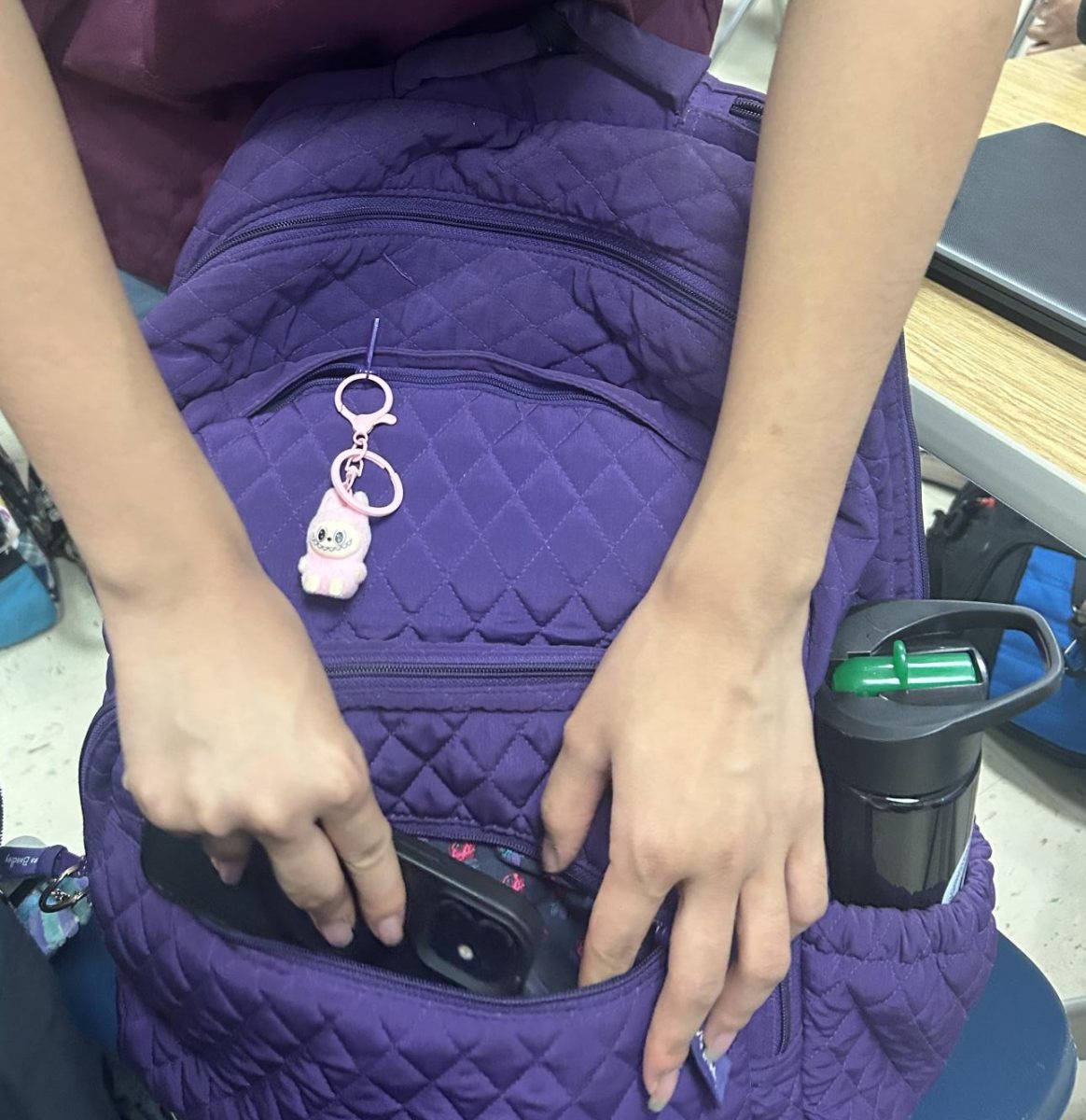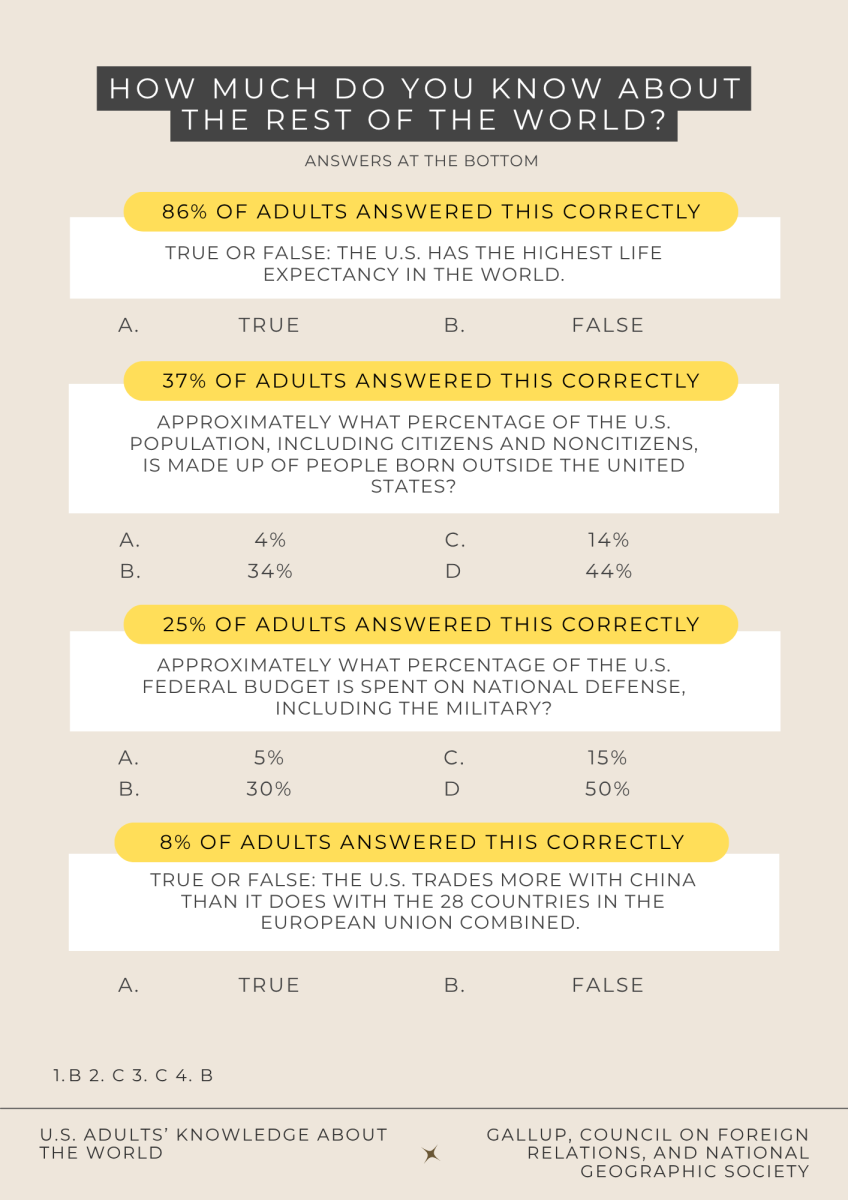
Freshmen don’t ease into high school anymore. They dive headfirst into college-level classes, barely getting a chance to adjust before being thrown into a system that prioritizes rigor over readiness.
At CHS, freshmen can take AP (Advanced Placement) Computer Science A, AP Computer Science Principles, AP Human Geography and even AP Precalculus if they completed Algebra 2 in eighth grade. By sophomore year, the expectation isn’t just to take one AP. It’s to take multiple. The pressure starts early, and for many students, it doesn’t let up.
At the root of the problem is the disconnect between middle school preparation and high school expectations. AP courses are designed to be challenging, but freshmen aren’t given enough time to develop the study skills and critical thinking they need to succeed. According to the College Board, APs, which are college-level courses taken in high school, allow students to earn college credit and/or advanced placement in college.
Middle school curriculums don’t teach students how to manage college-level workloads, yet as soon as they enter high school, they’re expected to handle it. According to Safe Supportive Learning, middle school education focuses on foundational knowledge across core subjects, emphasizing structured lessons and guided assessments rather than independent learning.
While some students take honors or accelerated classes, they rarely mimic the intense pace or workload of AP courses, leaving freshmen unprepared for the sudden academic leap. But the reality is, they don’t need to be taking on college level workloads at 14. The expectation is not only unrealistic, but also unnecessary, placing excessive pressure on students without clear long-term benefits.
A study published by the National Institutes of Health highlights how younger students often struggle with cognitive overload in demanding academic settings because their executive functioning skills like planning, prioritization and self-regulation are still developing during adolescence. Instead of being given time to adjust to high school, students are expected to keep up with a system that moves faster than they’re ready for.
Even students who could benefit from an AP class often take on too many. The issue isn’t just the availability of APs, but the pressure to take them. When a significant number of freshmen and sophomores enroll in AP courses, it sets a new standard, making it difficult for others to opt out. Seeing friends register for multiple APs makes an honors or standard class feel like the easy way out.
In competitive school environments, taking three or more APs as a sophomore isn’t unusual; it’s expected. Another study published in the Journal of Advanced Academics found that students who took excessive AP courses in their early high school years reported higher levels of anxiety and emotional exhaustion, particularly when they lacked sufficient preparation.
By junior year, students who have already been taking APs for two years enter the most academically demanding phase of high school already exhausted. The expectation to take four, five, or even six APs in 11th grade feels inescapable, especially after spending years in an environment that equates rigor with worth.
According to a 2023 study published in the Journal of Interdisciplinary Studies in Secondary Education, students who took on too many AP courses too early were more likely to experience academic fatigue, disengagement and declining performance later in high school, with some symptoms of burnout continuing into college. For many, the stress comes not from one class, but from the constant expectation to do more.
High schools benefit from this system. Offering more AP courses boosts school rankings, which often consider the percentage of students enrolled in advanced coursework. The College Board profits too. According to data published on AP Central, the number of students taking AP exams has steadily increased nationwide, reflecting a growing dependence on the program in high schools.
For many students, the AP experience isn’t about academic curiosity or preparation for college, but just to fit in with their peers. Freshmen and sophomores don’t take these classes because they’re always ready, but because they feel like they have to. By the time students reach their junior year, many are already exhausted. The push for more APs in underclassmen years is sold as an opportunity, but for too many students, it just feels like a trap.









